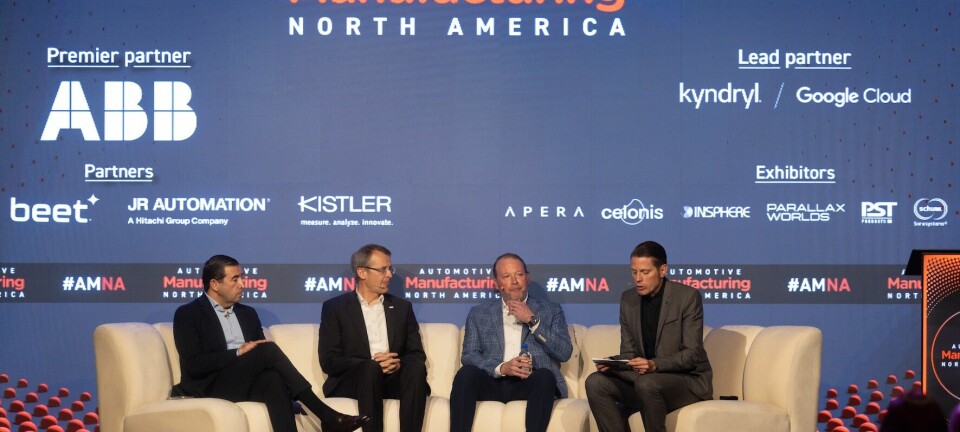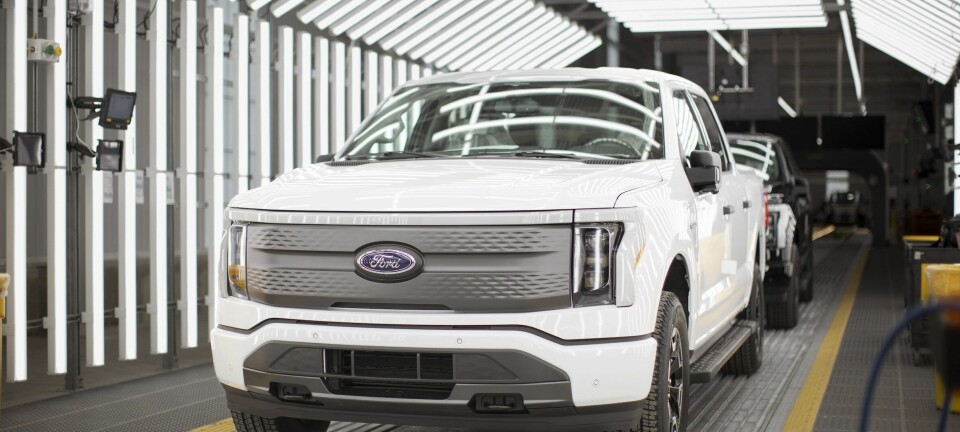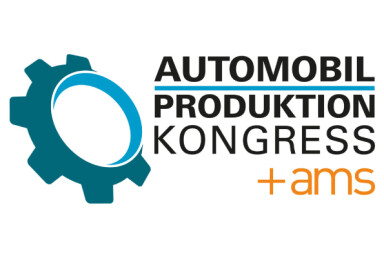AMNA 2025: EV growth
North America’s powertrain reality check

At the Automotive Manufacturing North America 2025 conference in Detroit in October, Eric Anderson, associate director for Americas Powertrain & Compliance Forecasting at S&P Global Mobility, outlined a data-driven assessment of the region’s outlook.
His core message: after years of policy-led momentum, the North-American automotive market is now being shaped by economic fundamentals and consumer affordability rather than incentives or regulation.
Anderson’s latest data shows a market that is stable but subdued. US light-vehicle sales continue at around 15-16m units a year, below the pre-pandemic highs yet consistent with current macroeconomic conditions. “The US consumer outlook remains challenged,” he said, pointing to persistent concerns about inflation, high interest rates, vehicle pricing and overall confidence.
According to Federal Reserve data compiled by S&P Global Mobility, the average amount financed for new vehicles reached roughly $40,000 by mid-2025, while finance rates on 60-month loans remain near their post-pandemic peaks.
Average monthly payments for new-car loans and leases now approach $700-$800, while the average age of vehicles in operation continues to rise, confirming that many consumers are holding onto cars longer.
“Affordability remains a significant challenge,” Anderson said, noting that elevated prices and longer-term loans have extended the replacement cycle and reduced the frequency at which buyers return to market. This slower churn, he added, is reshaping demand patterns and the product mix across manufacturers.
Leasing once drove EV adoption, now the incentive is gone
A major structural change arrived in late 2025. As Anderson reminded delegates, the federal clean-vehicle purchasing and leasing credits ended on 30 September 2025 under the final phase-out of the Inflation Reduction Act (IRA) and the related OBBBA manufacturing framework.
“We’ve completely shifted from a highly incentivised, highly regulated environment to really no incentives and very, very light on the regulatory framework,” he said.
S&P Global Mobility data show that through mid-2025, battery-electric vehicles (BEVs) accounted for less than 8% of US sales. Anderson explained that leasing had been a critical bridge to that level: “Over 60%, some quarters even 70% of BEVs were leased,” he said.
These lease structures had offset higher sticker prices and helped customers access the federal credit indirectly. With that mechanism gone, he warned of immediate volume pressure.
BEV adoption stalls, hybrids gain momentum
S&P Global Mobility’s registration data confirms that BEV share has stagnated between 7% and 8% since 2023, even as 20 new BEV nameplates entered the market and several mainstream models launched in the highly competitive C-segment.
“The BEV rate has really been stagnating,” Anderson observed. “Through July 2025 we were around 7.5 %, if we went back to 2023, just over 7 %. We haven’t gained a full share point despite significant launch activity.”
That pattern contrasts with the growing strength of hybrid and mild-hybrid vehicles, which Anderson identified as the largest opportunity area for North America.
Full hybrids now record the highest customer loyalty among propulsion types, while plug-in hybrids trail due to limited model availability. He expects hybrid volumes to expand steadily through the decade, supported by modest pricing and strong consumer acceptance.
The shift is visible in manufacturing plans. In S&P Global Mobility’s September 2025 Powertrain Forecast, BEVs represent only 15% of North American production by 2030, while roughly 85% of output remains ICE-based, primarily through mild- and full-hybrid systems. “ICE volume is still going to be 85% in 2030, give or take,” Anderson said.
Launch volatility and programme adjustments
The removal of incentives, coupled with tariffs and slower demand, is directly influencing OEM scheduling. S&P Global Mobility’s internal “delta” data, presented by Anderson, track monthly changes in production timing across North America.
Between September 2024 and September 2025, analysis of 159 ICE programmes found that:
- 76 programmes (48%) had their end-of-production extended,
- 62 (39%) stayed on schedule, and
- 21 (13%) were pulled ahead.
The same exercise for BEV launches showed sharper disruption:
- 27 launch delays averaging more than a year,
- 66 programme cancellations, and
- 33 additions as manufacturers reshuffled their portfolios.
“With the IRA going away, we expect one of three scenarios,” Anderson explained. “ICE extended to subsidise the BEV market; ICE extended and pushing back BEV launch; or the successor BEV replaced by an ICE or multi-propulsion vehicle.”
Trade dynamics add another layer of complexity. Anderson highlighted the 25 % tariff on imported vehicles and select components, as well as uncertainties surrounding the 2026 USMCA review are prompting a reassessment of localisation plans.
“Tariff activity adds another dimension,” he said, noting that OEMs are evaluating the onshoring of key ICE production from Europe, South Korea and Japan to mitigate import exposure. Current international BEV production faces even greater pressure from tariffs and sourcing requirements.
However, Anderson cautioned that expanded US sourcing will take time to materialise. “Production is being prioritised near-term, but US sourcing pushes are not likely to yield results until 2027 or later,” his forecast stated.
Production outlook: Stable volume, shifting mix
Despite market headwinds, Anderson described a “healthy though below-trend” North American production environment. The region will sustain annual assembly in the 16m unit range through the decade, but the composition of that volume is changing.
“We’re entering a period of noteworthy launch volatility,” he said. “Automakers are balancing capital spending, technology deployment and sourcing, with high variability in timings.”
BEV activity will account for about 15%, roughly 2.6m units, of North American production by 2030, while refreshed ICE and hybrid models will occupy the rest. “The United States’ BEV transition will take longer than many planned and remains reliant on consumer acceptance, regulatory framework and available incentives,” he concluded.
With those incentives now gone, the determining factor is natural demand.
Eric Anderson’s keynote provided a concise reality check for manufacturers and suppliers navigating North America’s transition. The data illustrate a market driven by economic conditions rather than mandates, where hybrids anchor growth and flexible manufacturing become a competitive necessity.
For automotive producers, the implications are direct: maintain hybrid-ready platforms, manage capital prudently, and prepare for a slower, but steadier, electrification curve.
As Anderson summarised, the industry’s path through 2030 will be defined not by the speed of battery adoption but by its capacity to balance profitability, localisation and consumer demand in an uncertain policy landscape.






